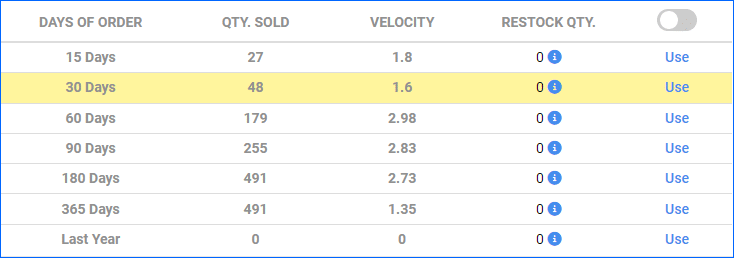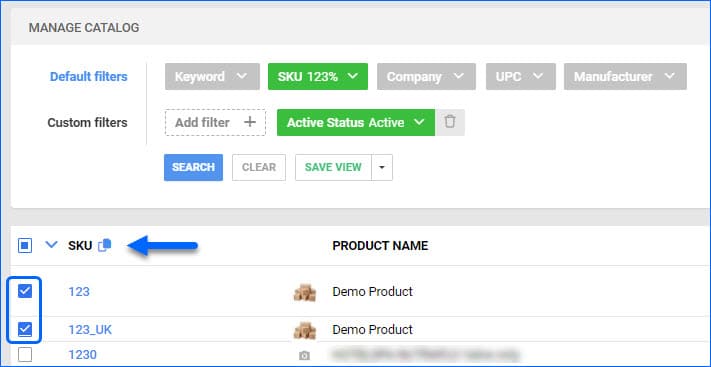We have added two new endpoints to our Rest API:
- GET Order Snapshot – Use this endpoint to request the Snapshot of an Order. The Snapshot is generated for orders that have been split, and their purpose is to show you the entirety of the original order, useful for financial recordkeeping and reports.
- ADD Serial Numbers For A Purchase Order – Use this endpoint to add serial numbers to your PO items.







